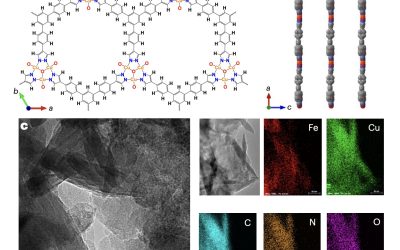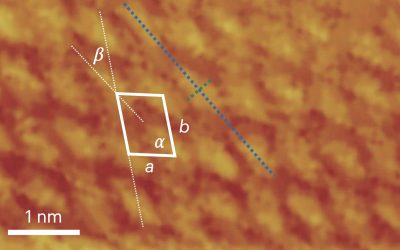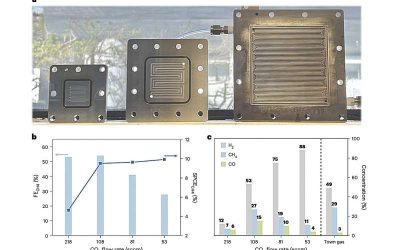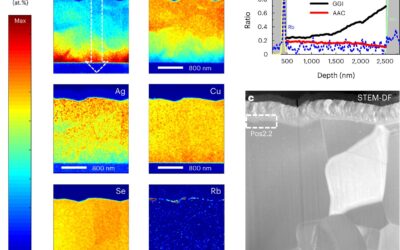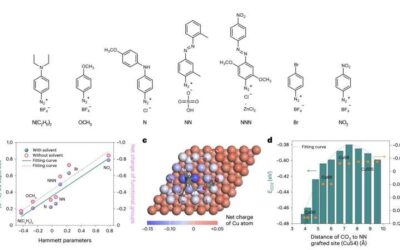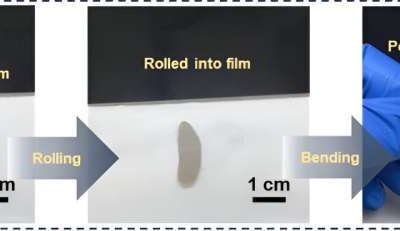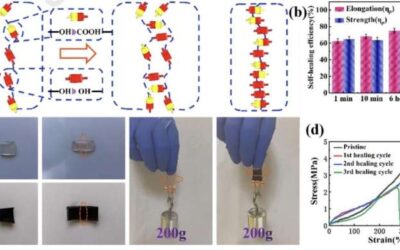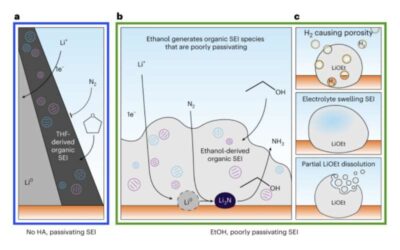Artificial intelligence (AI) agents and large-language models (LLMs), such as the model underpinning OpenAI's conversational platform ChatGPT, are now widely used by people worldwide, both in informal and professional settings. Over the past decade or so, some of...
Chemistry
Electrosynthesis of urea from flue gas achieves high efficiency with no ammonia byproducts
Urea, with the formula CO(NH2)2, is a chemical compound that is widely used in a range of sectors, including manufacturing, agriculture and various industries. Conventionally, this compound is produced via a two-step process that entails the synthesis of ammonia from...
Molecular engineering approach could boost hydrogen evolution reaction activity by up to 50 times in alkaline media
Electrolyzers are devices that can split water into hydrogen and oxygen using electricity and via a process known as electrolysis. In the future, these devices could help to produce hydrogen gas from water, which is valuable for a wide range of applications and could...
Promising triazole molecular catalyst enables efficient electroreduction of carbon dioxide to methane
The efficient conversion of carbon dioxide (CO2)—one of the main compounds contributing to climate change—into useful fuels and chemicals is a long sought-after research goal. Recent studies have introduced various catalysts that could be used to initiate the...
A strategy to further boost the efficiency of copper indium gallium selenide solar cells
Until recently, chalcopyrite-based solar cells have achieved a maximum energy conversion efficiency of 23.35%, as reported in 2019 by Solar Frontier, a former Solar Energy company based in Japan. Further boosting this efficiency, however, has so far proved challenging.
Towards the selective and energy-efficient synthesis of ethylene via carbon dioxide reduction
The synthesis of carbon-based chemicals via the electrochemical reduction of carbon dioxide (CO2) has become the key objective of numerous recent energy research efforts. While these studies have yielded promising results, enabling the production of various widely...
Promising electrolytes for solid-state batteries based on viscoelastic inorganic glass
Recent advancements in the development of hybrid and electric vehicles have increased the need for highly performing battery technologies. Research teams worldwide have thus been working on a wide range of alternative battery solutions, while also trying to identify...
A conductive self-healing hydrogel to create flexible sensors
A method to change the mechanical and transport properties of conductive polymers
Conductive polymers, synthetic substances with large molecules that can conduct electricity, can have a broad range of valuable applications. For instance, they have been used to create sensors, light-emitting diodes, photovoltaics and various other devices.
Using cryogenic electron microscopy to study the lithium SEI during electrocatalysis
Ammonia (NH3), the chemical compound made of nitrogen and hydrogen, currently has many valuable uses, for instance serving as a crop fertilizer, purifying agent, and refrigerant gas. In recent years, scientists have been exploring its potential as an energy carrier,...


